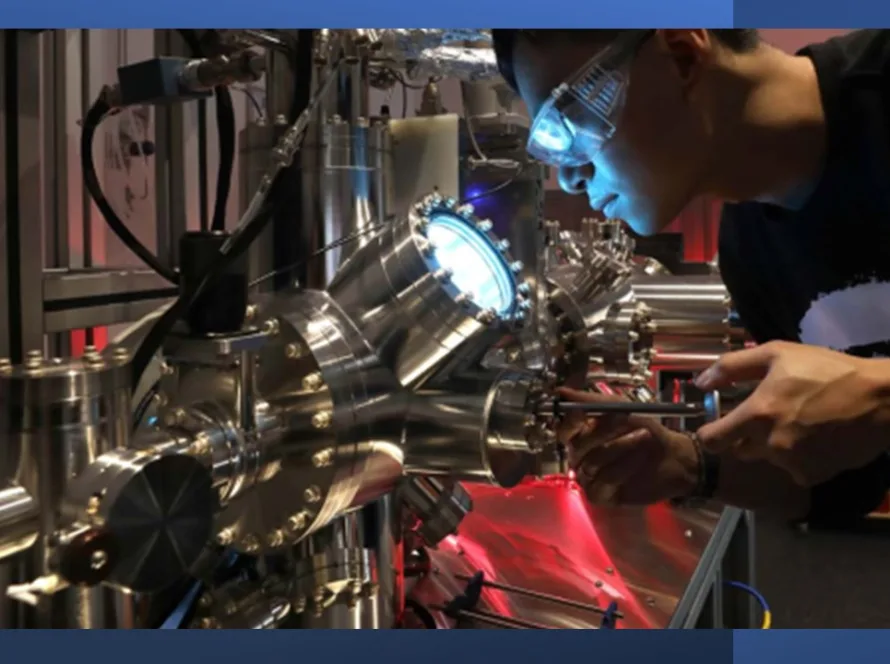The human body, a symphony of trillions of cells, each with a unique identity and function, is a testament to the intricacies of life. Despite sharing the same genetic blueprint, DNA, these cells embark on diverse paths, shaping the remarkable organism we are. At the heart of this cellular diversity lies the intricate organization of the genome, the instruction manual for life.
Within the intricate tapestry of life, each cell carries a unique identity, a defining characteristic that sets it apart from its neighbors. This remarkable diversity arises from the very essence of life – DNA, the genetic blueprint that guides the development and function of every cell type. Despite harboring the same DNA, cells embark on distinct paths, differentiating into specialized cells that orchestrate the symphony of life.
The Architectural Marvel of the Genome
DNA, far from being a simple linear string of nucleotides, is meticulously compacted and folded into a highly structured three-dimensional (3D) architecture within the nucleus of the cell. This intricate organization, akin to a tightly packed library, plays a pivotal role in regulating gene expression, the process by which specific genes are activated or silenced to produce the proteins that govern cellular functions.
The Dance of Histones and Chemical Modifications
The DNA’s 3D structure is orchestrated by proteins called histones, around which DNA is tightly wrapped, forming structures known as chromatin. These histones are not mere passive scaffolding; they bear chemical modifications, akin to molecular tags, that influence gene expression.
The DNA in the nucleus is tightly wrapped around proteins called histones, forming structures called chromatin. The chemical modifications of histones, known as histone marks, can influence gene expression. For instance, certain histone marks promote gene activation, while others repress it.
During cell division, the DNA is replicated, but the histone marks are partially lost. This loss of histone marks could potentially disrupt the 3D organization of the genome and, consequently, gene expression patterns. However, cells have evolved mechanisms to preserve their identity through cell division.
Certain histone modifications, such as acetylation, act as permissive signals, opening up chromatin and allowing transcription factors, the proteins that initiate gene transcription, to access DNA. Conversely, other histone modifications, such as methylation, can silence genes by compacting chromatin and rendering it inaccessible to transcription factors.
The Challenge of Preserving Identity During Cell Division
Cell division, the process by which cells replicate and give rise to new cells, poses a significant challenge to maintaining cell identity. During this process, DNA is replicated, but histone marks are partially erased, potentially disrupting the delicate balance of gene expression and jeopardizing cell identity.
The Role of 3D Genome Structure in Memory Preservation
A recent study by researchers at the University of Texas at Austin and the University of Cambridge has proposed a theoretical model that sheds light on how cells preserve their identity during cell division. The model suggests that the 3D folding of the genome acts as a memory system, allowing cells to restore the histone marks necessary to maintain their identity.
The model proposes that the 3D organization of the genome brings distant regulatory elements into proximity, enabling them to interact and influence gene expression. These interactions establish a network of regulatory interactions that, in turn, helps to maintain the 3D folding pattern of the genome.
The Significance of 3D Genome Structure
This research has significant implications for our understanding of cell biology and disease. By elucidating the mechanisms by which cells maintain their identity, scientists can gain a better understanding of how cells differentiate and how disruptions in these processes can lead to diseases such as cancer.
The study also opens new avenues for research into gene therapy and regenerative medicine. By manipulating the 3D organization of the genome, scientists may be able to reprogram cells to achieve desired therapeutic outcomes.
The study’s findings underscore the importance of the 3D structure of the genome in regulating gene expression and preserving cell identity. The model provides a framework for understanding how cells maintain their unique properties during development and disease.
Implications for the Future
This research holds significant implications for our understanding of cell biology and disease. By elucidating the mechanisms by which cells maintain their identity, scientists can gain a better grasp of how cells differentiate and how disruptions in these processes can lead to diseases such as cancer.
The study also opens up new avenues for research into gene therapy and regenerative medicine. By manipulating the 3D organization of the genome, scientists may be able to reprogram cells to achieve desired therapeutic outcomes.
Conclusion: A Tale of Two Codes – DNA and Histone Modifications
The 3D folding of the genome, orchestrated by the interplay of DNA and histone modifications, is a fascinating and complex process that plays a critical role in regulating gene expression and preserving cell identity. The recent study by researchers at the University of Texas at Austin and the University of Cambridge has provided a new framework for understanding this process and its implications for cell biology and disease. As research continues to unravel the mysteries of the 3D genome, we can expect further breakthroughs in our understanding of life’s intricate mechanisms.
As research continues to unravel the mysteries of the 3D genome, we gain a deeper appreciation for the intricate mechanisms that govern cell identity and the potential to harness these insights for the advancement of human health
References:
- Science X. (2023, November 16). 3D folding of the genome: Theoretical model helps explain how cell identity is preserved when cells divide. Retrieved March 8, 2024, from Phys.org website: https://phys.org/news/2023-11-3d-genome-theoretical-cell-identity.html
- Technology Networks. (2023, November 17). 3D Genome Folding Helps Preserve Identity When Cells Divide. Retrieved March 8, 2024, from Technology Networks website: http://www.technologynetworks.com/genomics/news/3d-genome-folding-helps-preserve-identity-when-cells-divide-381131
- How cell identity is preserved when cells divide. (n.d.). Retrieved March 8, 2024, from MIT News | Massachusetts Institute of Technology website: https://news.mit.edu/2023/how-cell-identity-preserved-when-cells-divide-1116
- Science X. (2023, November 16). 3D folding of the genome: Theoretical model helps explain how cell identity is preserved when cells divide. Retrieved March 8, 2024, from Phys.org website: https://phys.org/news/2023-11-3d-genome-theoretical-cell-identity.html




